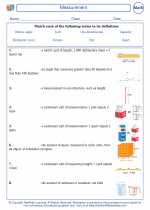Understanding "Less Than"
In math, the phrase "less than" is used to compare two numbers. When we say that one number is less than another, we mean that the first number is smaller than the second number.
Symbol for "Less Than"
The symbol used to represent "less than" is "<". When comparing two numbers, the number on the left of the "<" symbol is less than the number on the right. For example, 5 < 8 means "5 is less than 8."
Example Problems
Let's look at some example problems to understand how "less than" works.
Example 1: Is 3 less than 7?
We can write this as 3 < 7. Since 3 is smaller than 7, the statement "3 < 7" is true.
Example 2: Is 10 less than 5?
We can write this as 10 < 5. Since 10 is not smaller than 5, the statement "10 < 5" is false.
Using "Less Than" in Comparisons
When comparing numbers, we can use the "less than" symbol to show which number is smaller. For example:
8 < 12 means "8 is less than 12."
15 < 15 means "15 is not less than 15."
Study Guide
Here are some key points to remember about "less than":
- The symbol for "less than" is "<".
- When comparing two numbers, the number on the left of the "<" symbol is smaller than the number on the right.
- Always read the statement as "is less than" to make sure you understand the comparison correctly.
Practice using the "less than" symbol with different numbers to become more familiar with how it works.
Remember, understanding "less than" is important for making comparisons and solving math problems!
Hope this helps! Let me know if you have any other questions.
.◂Math Worksheets and Study Guides Fourth Grade. Measurement

 Activity Lesson
Activity Lesson
 Activity Lesson
Activity Lesson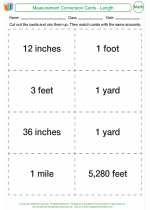
 Activity Lesson
Activity Lesson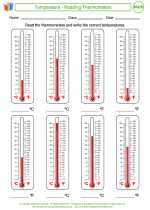
 Worksheet/Answer key
Worksheet/Answer key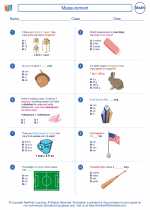
 Worksheet/Answer key
Worksheet/Answer key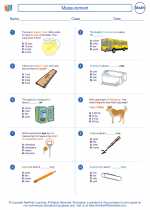
 Worksheet/Answer key
Worksheet/Answer key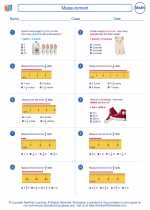
 Worksheet/Answer key
Worksheet/Answer key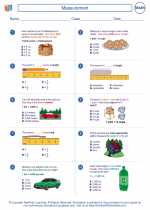
 Worksheet/Answer key
Worksheet/Answer key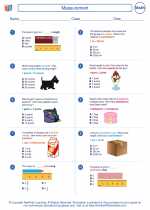
 Worksheet/Answer key
Worksheet/Answer key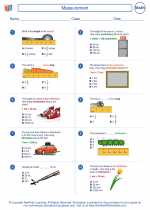
 Worksheet/Answer key
Worksheet/Answer key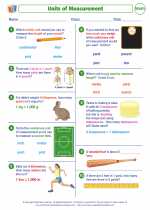
 Worksheet/Answer key
Worksheet/Answer key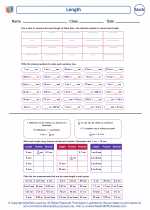
 Worksheet/Answer key
Worksheet/Answer key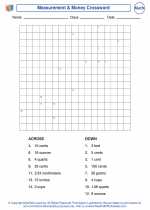
 Worksheet/Answer key
Worksheet/Answer key
 Vocabulary/Answer key
Vocabulary/Answer key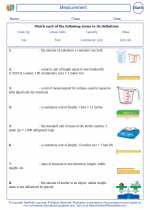
 Vocabulary/Answer key
Vocabulary/Answer key
 Vocabulary/Answer key
Vocabulary/Answer key